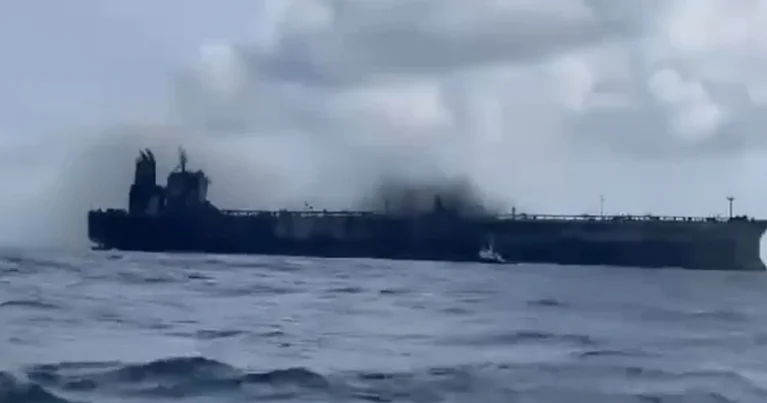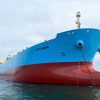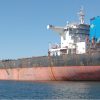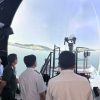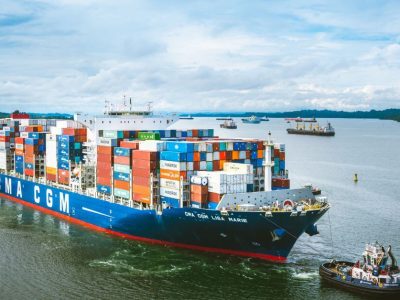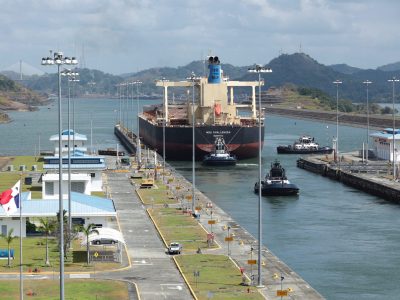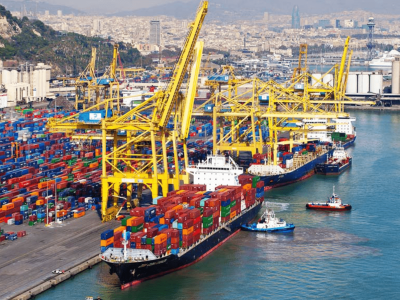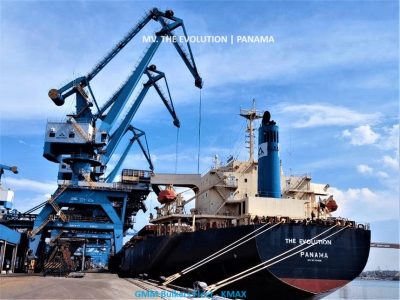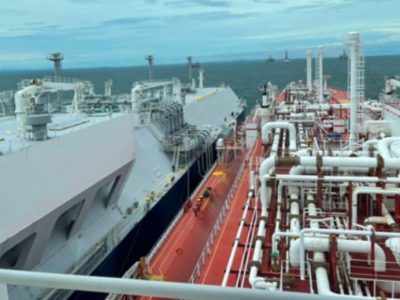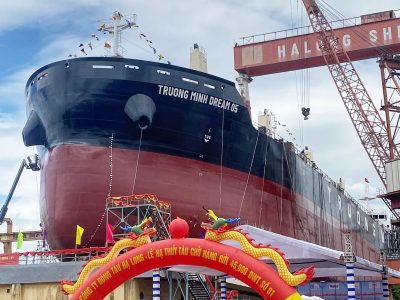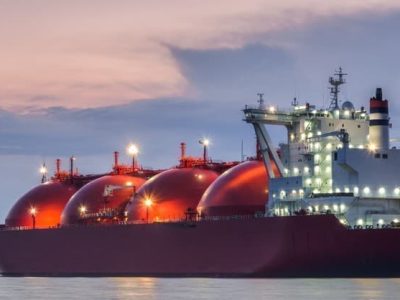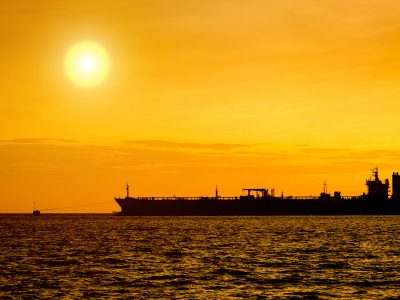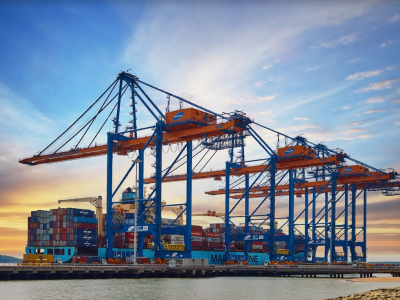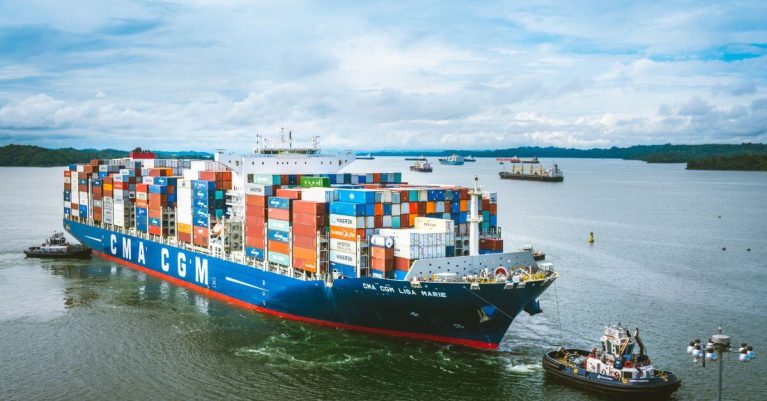GMM Safety | 2024-07-20 | Case Accidents |
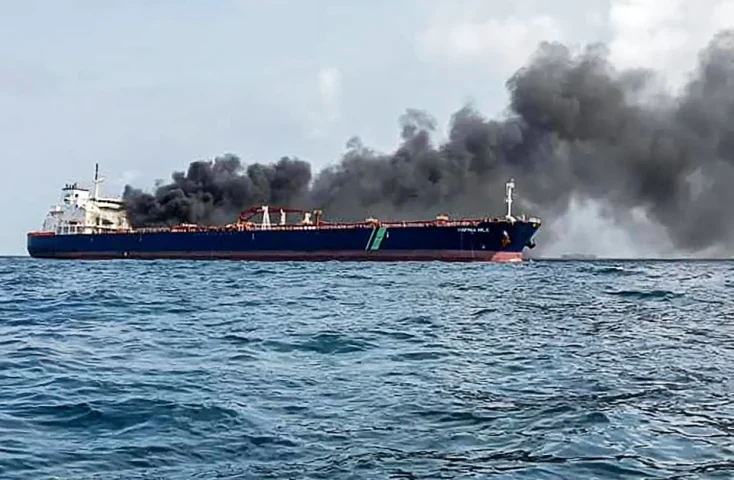
Two oil tankers caught fire off the coasts of Singapore and Malaysia on Friday but all crew have been accounted for, authorities from both countries said, with the Malaysian side describing the incident as a “collision”.
The blaze broke out on board Singapore-flagged tanker Hafnia Nile and another vessel about 55 kilometers (34 miles) northeast of Pedra Branca, according to Singapore’s Maritime and Port Authority (MPA).
Neighboring Malaysia’s Maritime Enforcement Agency (MMEA) referred to the incident as a “collision” and said it also sent rescue teams to the area.Singapore’s MPA said in an update that the Hafnia Nile had 22 crew on board and the other vessel, the Ceres 1, had 40.
“All crew are accounted for,” it said.
A Republic of Singapore Navy frigate, the RSS Supreme, picked up 16 crew from the Hafnia Nile.Six crew from Hafnia Nile who evacuated the ship on a lifeboat were picked up by a Malaysian government vessel and transferred to the RSS Supreme, MPA said, adding they were all receiving medical attention while on their way to shore.

A Singapore-flagged supply vessel that was in the vicinity picked up 14 crew from the Ceres 1, of whom two were airlifted by a Singaporean Air Force helicopter to a hospital, according to the MPA.The remaining 26 crew of the Ceres 1 are currently fighting the fire on board the tanker, the MPA said.
“Navigational traffic is not affected,” it added.Malaysia’s Department of Environment has been notified “for further action in case of an oil spill,” the MMEA said.
The owner of the Hafnia Nile said the vessel was involved in a collision with the Ceres I. The 22 crew of the Hafnia Nile and the 40 on the Ceres I were all accounted for, said the Maritime and Port Authority, which was alerted to the fire at 6.15am.

The 74,000 deadweight-tonnes capacity Panamax tanker (IMO 9766217) was carrying about 300,000 barrels of naphtha, according to ship-tracking data from Kpler and LSEG.
It was not immediately clear what fuel Ceres I (IMO 9229439) was carrying. The tanker is a very-large-crude-carrier (VLCC) of 300,000 deadweight-tonnes capacity and was last marked as carrying Iranian crude between March to April, ship-tracking data showed.
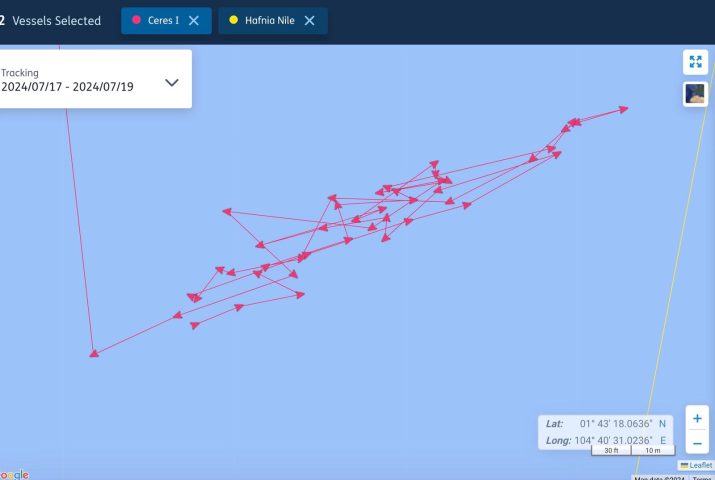
Before the fire, the Ceres I had been at the same location since July 11, according to LSEG shipping data.
The area is known to be used by so-called dark fleet ships for the transfer of Iranian oil in contravention of US sanctions, said Michelle Wiese Bockmann, principal analyst at Lloyd’s List Intelligence.
“The Ceres I has repeatedly been involved in transferring or shipping Iranian oil in breach of US sanctions,” she said.
